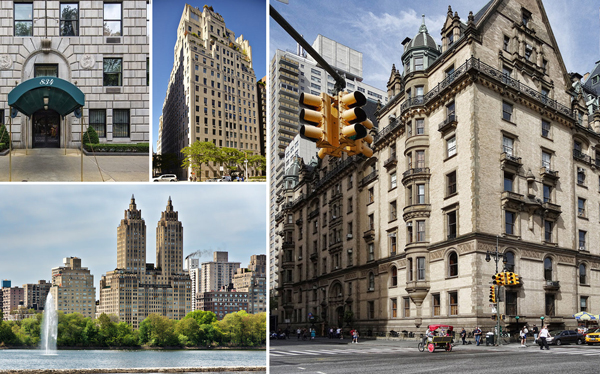Trending
Co-op market sets 28-year record as inventory falls
Meanwhile, the luxury market continues to flounder: report

Attention real estate soothsayers: it might be time to stop prophesying the death of the co-op.
The median sales price of a Manhattan co-op just reached a 28-year high in the third quarter of the year, a milestone it had been inching towards for some time, according to the quarterly report from Douglas Elliman.
While the significantly higher median sale price of a condominium in Manhattan increased 6.3 percent to $1.7 million, the co-op market saw a moderately larger jump of 8.3 percent, pushing it into record territory, the report found. The median price of a co-op in Manhattan is now $850,000.
The co-op market’s new record is, in part, a result of an inventory slump, with listing volume falling 3.1 percent from the previous quarter.
“Inventory has been falling for several quarters now,” Jonathan Miller, CEO of appraisal firm Miller Samuel and author of the report said. “Levels aren’t chronically low, but we are sort of at the midpoint between record high and record low.”
Miller says that the price bumps can be explained with a little econ 101: supply is down, moving prices up. In fact, the overall median cost of an apartment in Manhattan leaped 9.3 percent to $1.1 million since the third quarter of 2016.
Steven James, CEO of Douglas Elliman in NYC, said that the price growth is also a reflection of shifting buyer preferences and the relaxing of standards among co-op boards.
“I think we all instinctively thought that the co-ops were dying, but now I am hopeful,” James said. “The consumer was being squeezed out of the city and turned to the co-op market, and then that market rose to the occasion. Sellers were more willing to negotiate, co-op boards got more reasonable, and more sales occurred.”
Going forward, James says he expects more growth from co-ops, as long as boards continue to play ball.
“Boards that are reasonable will continue to see growth, and those boards that don’t, will suffer,” he says.
There were also positive signs in the Manhattan resales market, which hit a record in the third quarter with a median price of $995,000. Still, that required sellers to discount their pads by an average of 6.8 percent, according to the report.
But it wasn’t all sunshine in the third quarter. The median sales price on new development units decreased 23 percent year-over-year to $2.79 million. Overall, the luxury market continued its decline this quarter with median prices falling 4.8 percent to $6.4 million, year-over-year, as less motivated trophy home sellers exited the market.
“Sellers are not renewing overpriced listings,” Miller says. “What is key and under appreciated about that point is that those aspirational listings where providing an inaccurate example to new listings coming on the market. Now that is going away.”




